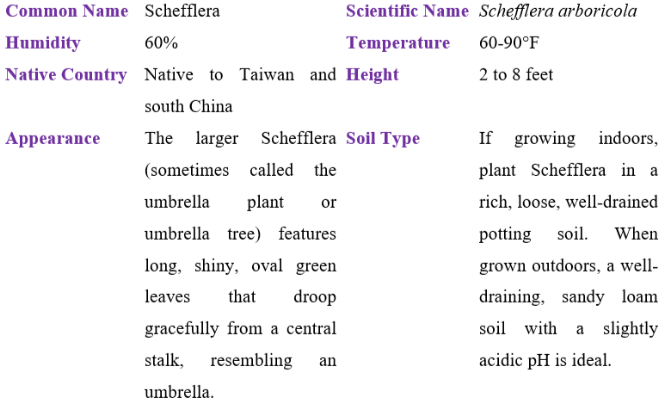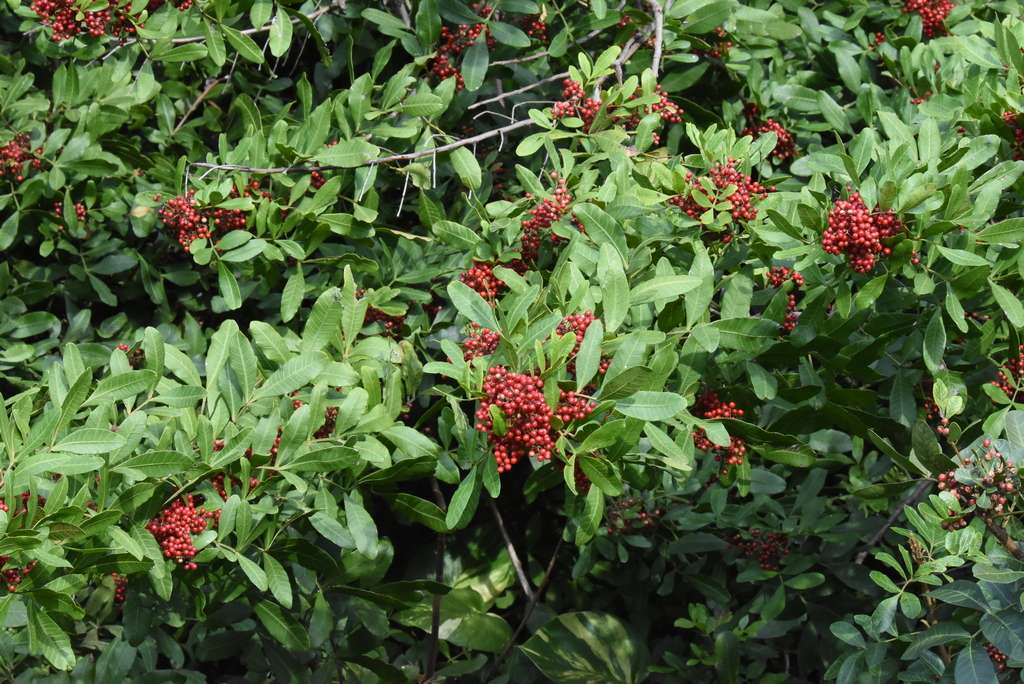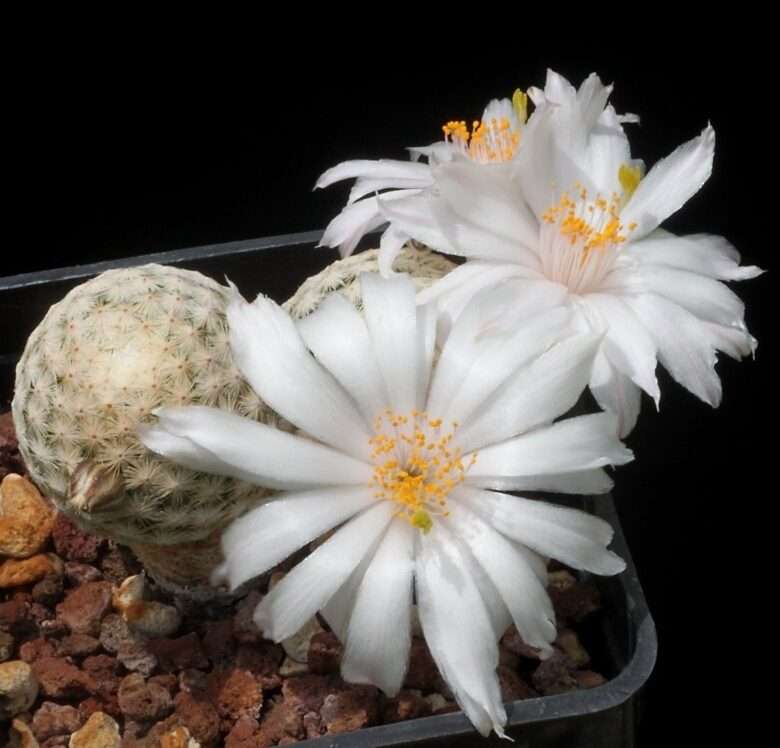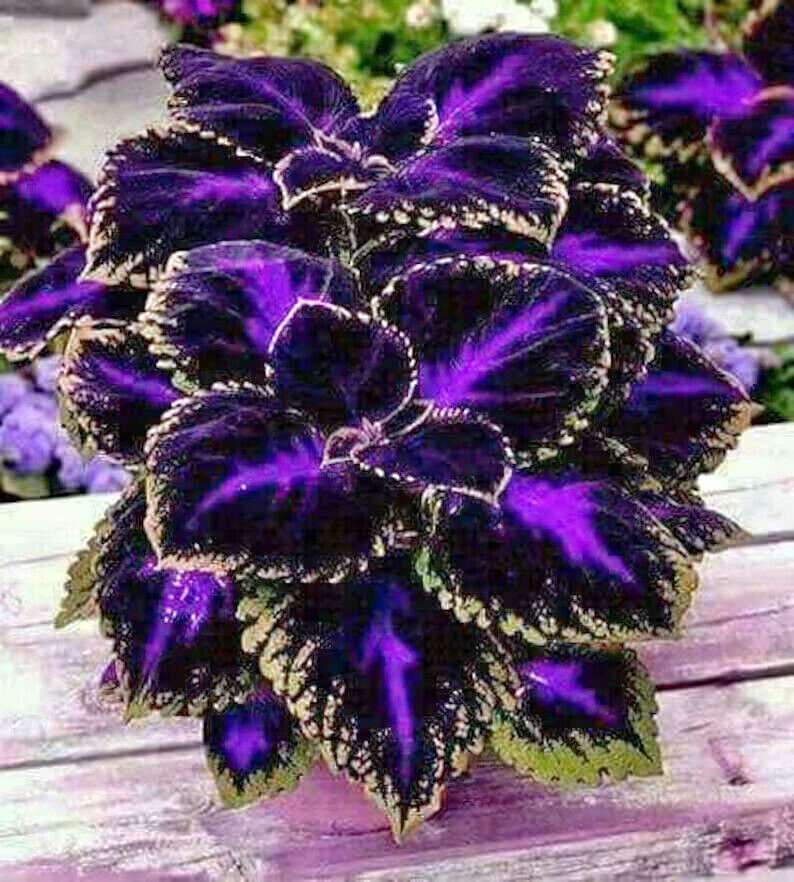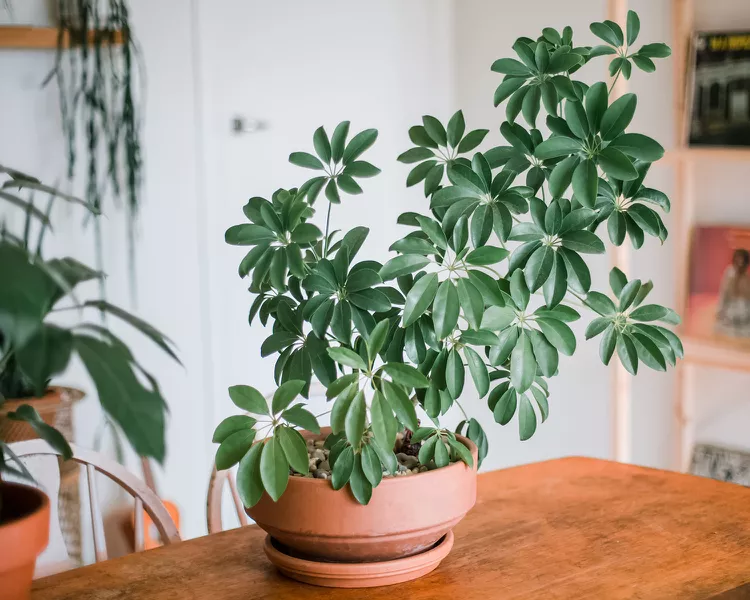
The dwarf schefflera, often known as the umbrella plant, is an evergreen shrub or small tree that reaches heights of 10 to 25 feet in tropical areas. It is a Taiwanese native. It occasionally forms an epiphyte on other trees in the wild. It is commonly grown as a considerably smaller attractive leaf houseplant in temperate countries. It grows to a height of 3 to 6 feet on upright stems covered in glossy, slender-stalked, compound, palmate, evergreen leaves. On leaf stalks that are up to 6″ long, each leaf has 7-9 obovate-oblong to elliptic leaflets that range in size from 4-6″. Compound panicles with tiny red flowers grow in the summer. Round orange drupes (to 1/4″) that develop to black are produced after the flowers. Seldom do indoor plants bloom.
Care
If given enough indirect light, warmth, and humidity, schefflera are not difficult to grow as plants. It may be required to use bottom heat in extremely cold climates. Schefflera that is leggy can be clipped to promote a fuller plant.
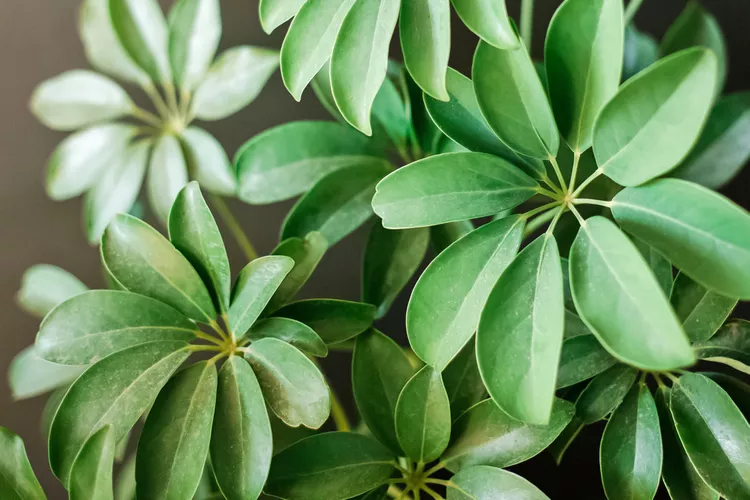
Light
Schefflera favours direct, strong light. Move potted plants outside in the summer where they will get plenty of light but not direct sunlight, like under a patio cover. If a Schefflera plant becomes lanky or floppy, there may not be enough light reaching it. A Schefflera should never be placed in full, direct sunlight as the bright light might burn the leaves.
Soil
Plant Schefflera in a rich, loose, well-drained potting soil if growing it indoors. A sandy loam soil with good drainage and a pH that is slightly acidic is perfect for outdoor growing. A spot outdoors where the soil is excessively damp or flooded shouldn’t be used for planting.
Water
Throughout the growing season, water frequently and frequently mist the leaves with water. Give the soil in the pot a deep and thorough bath once you’ve waited for it to dry out. Reduce your water consumption in the winter. A Schefflera plant will eventually die if it is overwatered. The presence of yellow and fallen leaves suggests possible overwatering.
Temperature and Humidity
Schefflera needs a considerable amount of humidity and tropical temperatures because it is a tropical plant; it will suffer in temperatures below 60 degrees Fahrenheit. Avoid placing these plants near dry heating vents or draughts. Take leaf-drop carefully and address the problem if it happens since an under watered or chilled Schefflera will start to drop leaves soon. You can try to save the plant if it loses all of its leaves by relocating it outside in the spring and giving it plenty of water.
Fertilizer
Throughout the growing season, feed Schefflera plants twice a week using liquid fertilizer for houseplants or two applications of slow-release pellets. They consume a lot of food, therefore the extra nutrients will be beneficial to them.
Pruning
If your Schefflera isn’t receiving enough light, it may need to be clipped sometimes. Chop off whatever you believe to be overgrown or looking lanky. Pruning Schefflera houseplants produces speedy recovery, so your work will be rewarded. A bushier and fuller plant will be the end result.
Table
